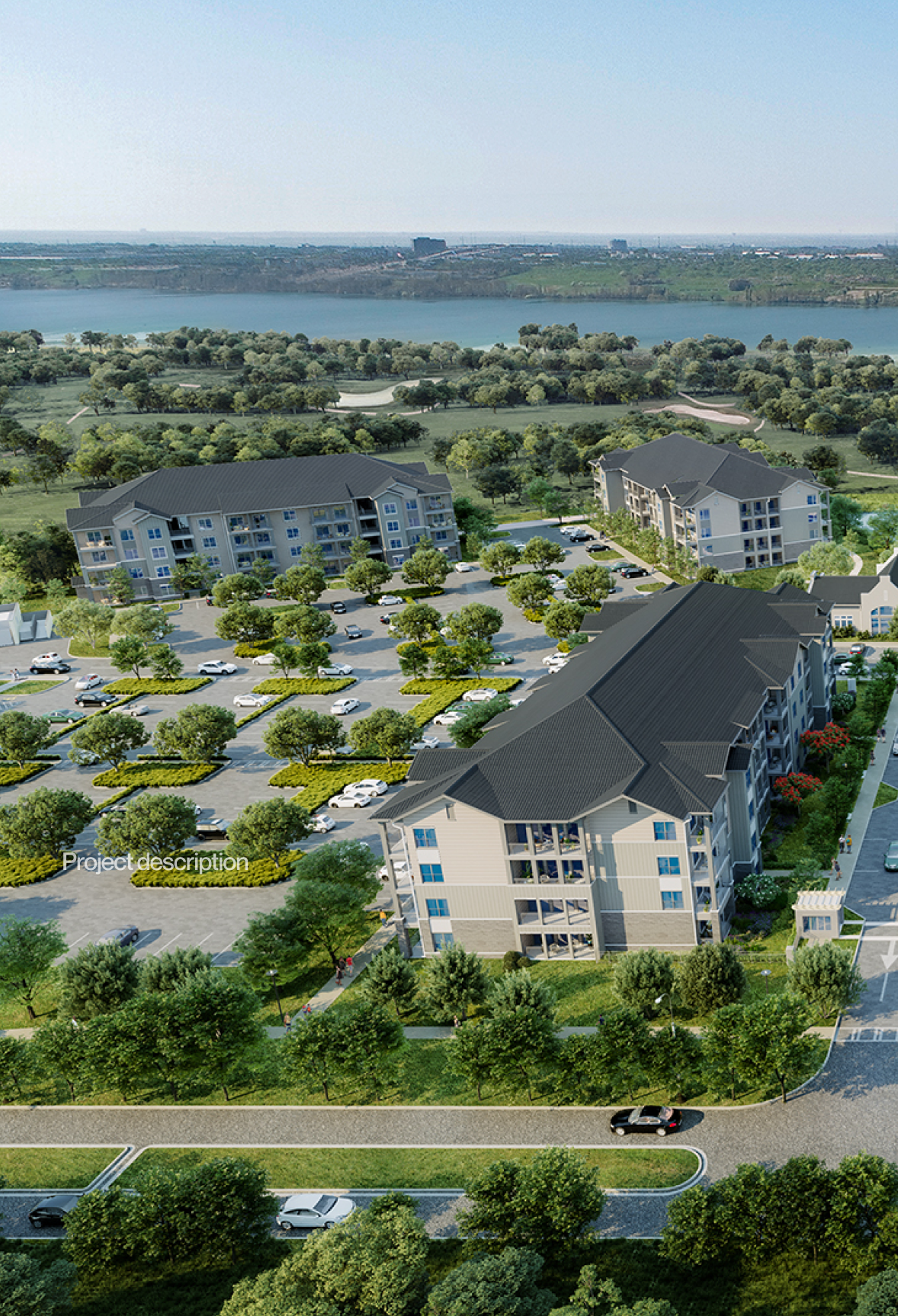
All-in-One Support Model
The experienced immigration and investment professionals at EB5 Capital guide investors through every step of the process—from your first consultation to Green Card approval.
EB-5 Program Guidance
Step-by-step support throughout the EB-5 journey.
Comprehensive Project Oversight
Transparent reporting, job creation tracking, and timely updates.
Developer Partnerships
Structuring real estate projects for EB-5 funding.
Documentation Support
Coordination with immigration counsel to comply with USCIS requirements.




01 Select a Regional Center and Project
01 Select a Regional Center and Project
Regional Center & Due Diligence: The process begins by selecting a reputable Regional Center and a qualifying project. Conducting thorough due diligence on both is critical to making the right choice.
Investment Amount: Select an EB-5 project requiring a capital investment of $800,000 (for projects in a Targeted Employment Area - TEA) or $1,050,000.
Job Creation: Investing through a Regional Center allows for indirect jobs to count toward the minimum 10 full-time jobs required.
Source and Path of Funds: Demonstrate that all invested capital and fees were acquired lawfully.
02 File the EB-5 Petition (Form I-526E)
02 File the EB-5 Petition (Form I-526E)
Petition Filing: Filing the Form I-526E petition starts your immigration process and demonstrates to USCIS that you are actively investing in a qualified EB-5 project.
Concurrent Filing: The EB-5 Program allows investors already in the United States on nonimmigrant visas to apply for adjustment of status when submitting Form I-526E, provided a visa is immediately available. This process enables investors to remain in the U.S. and obtain work and travel authorization while their petitions are under review.
Timing: Form I-526E processing times can vary widely, but recent approvals for rural reserved projects have been much faster, often under 7 to 12 months, due to priority processing. For other reserved categories and unreserved categories, processing times are typically longer, ranging from 18 to 36 months or more. Additional factors such as the I-956F approval status, petition complexity, country of origin, and visa availability also influence the overall timeline. In general, petitions from countries with available visas are processed first.
03 Obtain Conditional Residency (Green Card)
03 Acquire Conditional Residency (Green Card)
Consular Processing: After USCIS approves the I-526E petition, investors submit Form DS-260 to the National Visa Center (NVC) for processing through their home country's U.S. consulate or embassy.
Petition Filing: Submit Form I-526E to the USCIS as proof of a committed investment.
Visa Interview: The interview verifies the petition's documentation and confirms the investor's admissibility. Once approved, the EB-5 visa is stamped in the investor's passport. Investors then have six months to relocate to the United States.
Concurrent Filing: Investors already in the U.S. may be eligible to concurrently file Form I-485 to adjust their status (if a visa is immediately available).
Conditional Green Card: Upon entry, the investor and eligible family members receive two-year conditional green cards.
Residency Requirements: During this two-year period, investors must maintain residence in the U.S. limited travel abroad is permitted, but restrictions apply.
04 Remove Conditions and Apply for Permanent Residency (Form I-829)
04 Remove Conditions and Apply for Permanent Residency (Form I-829)
Removing Conditions : The final step in the EB-5 process is filing Form I-829 within the last 90 days of the two-year conditional period. This petition proves the investor has met all EB-5 requirements. Once approved, the investor and family receive permanent Green Cards, renewable every 10 years.
I-829 Requirements: To file Form I-829, investors must provide proof of their conditional Green Card, evidence that their commercial enterprise was active (such as tax returns), and documentation showing the NCE received the EB-5 investment. They must also demonstrate that the business was maintained throughout the two-year period and that the investor’s funds created at least 10 full-time jobs. Additionally, biometric information and a criminal background check are required.
Select Portfolio of EB-5 Projects



say about us